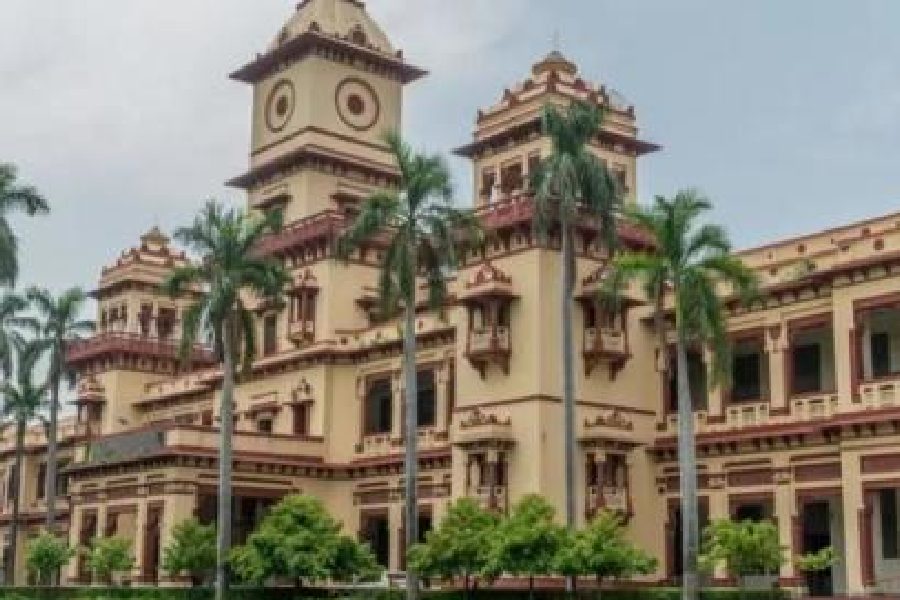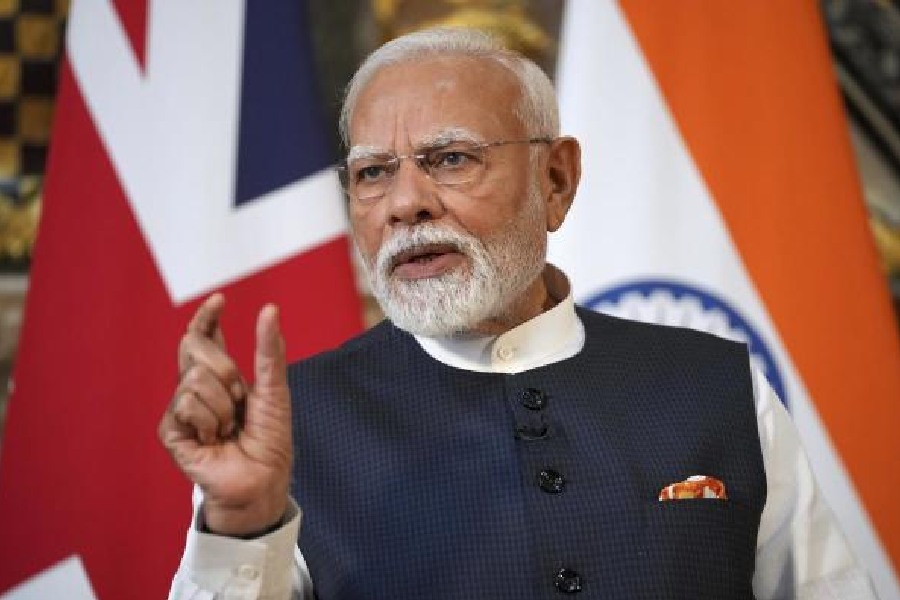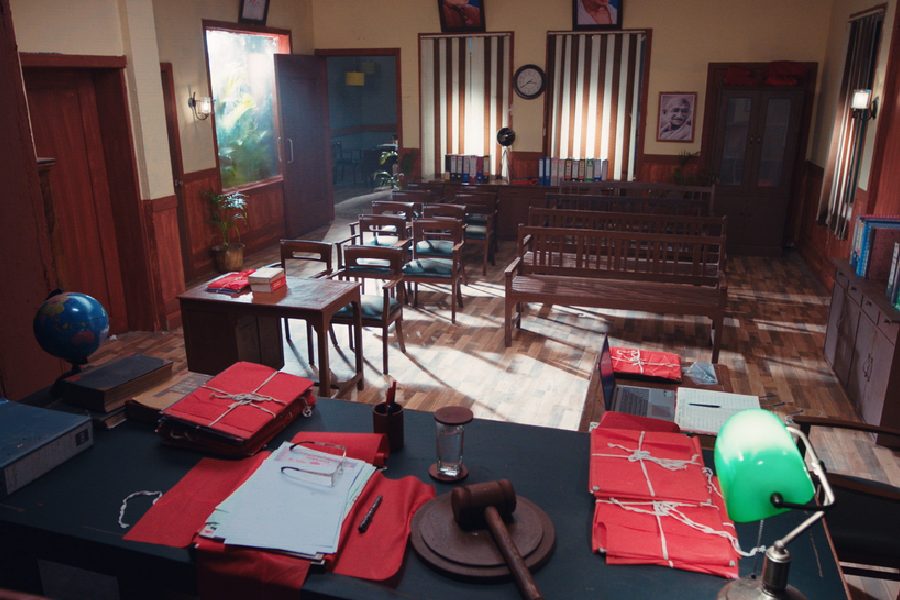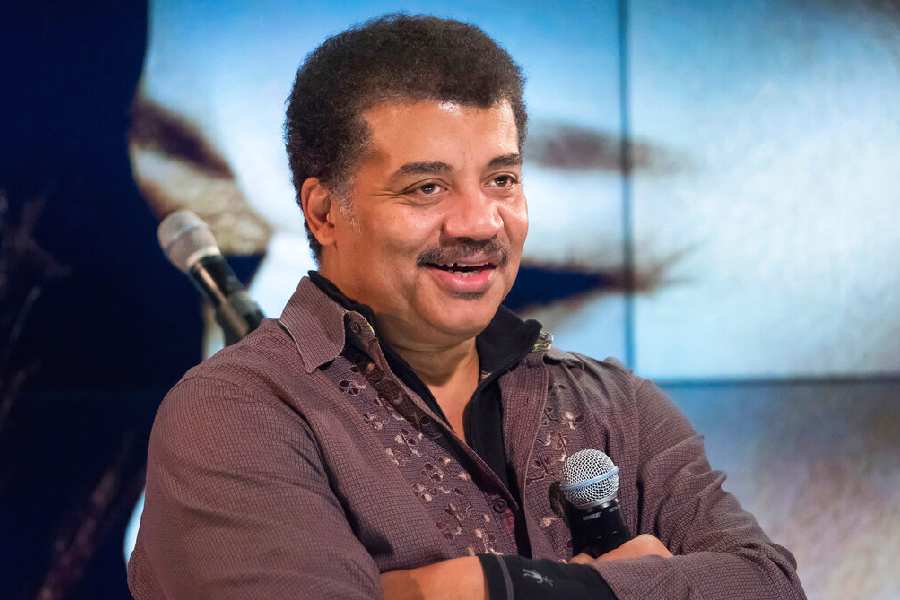Mumbai, Aug. 13: He was stocky, angry, heavy-jowled, fond of meat — though he lived in Gujarat — and 30 feet long. He’s back after 67 million years.
Rajasaurus narmadensis —“the regal reptile from the Narmada” — the first Indian dino, made its public appearance today.
The Telegraph had announced its imminent debut in a report in its weekly science supplement, KnowHOW, last Monday.
The National Geographic Society and the Geological Survey of India revealed the findings after putting together the Raja’s skull from 30-40 pieces of bones found over decades.
The Raja, older than the Himalayas, roamed his territory — Gujarat mainly, though Madhya Pradesh, Maharashtra and Andhra Pradesh were also apparently crowded with dinosaurs — at a time when India was adrift on water, yet to become attached to the mainland of Asia, said “Jurassic Man”, or more lately, “Mr Bones”, Paul Sereno.
The renowned palaeontologist and explorer-in-residence from National Geographic was here to announce the discovery.
“It’s fabulous to be able to see the dinosaur that lived as the age of dinosaurs came to a close,” said Sereno.
“It was a significant predator that was related to species on continental Africa, Madagascar and South America.”
Raja was physically different from the star of his species, T. rex, said Sereno, but as aggressive. With an unusual horn on its head, which was perhaps meant for display, the roof of Raja’s skull was very thick, unlike many other dinos, perhaps to push other animals, said Jeff Wilson, a palaeontologist from the University of Michigan. Wilson was part of the Indian-American team that reconstructed the skull from bones found near a temple hill in Rahioli, a village in Gujarat.
It was a voracious meat-eater, as is clear from its strong neck vertebrae, found on the sides of the Narmada in that region. Its diet could have included even the long-necked sauropod dinosaurs that also roamed the area.
“The rajasaurus was a contemporary of T. rex, which was found in the northern parts of the world, and they never met each other,” said Sereno.
“This is only the tip of the iceberg,” said Wilson, adding that there is concrete evidence there were several other kinds of dinos in India.
“There is evidence that along with rajasaurus, there was a smaller kind of dinosaur in the area too. There are many other pieces of evidence, not all of it put together, to suggest that India was a popular habitat for the big animals in the Jurassic age.”
Evidence also suggests there were dinosaurs in India belonging to a much earlier, pre-rajasaurus age, dating back to 200 million years.
The skull was reconstructed from two bone pieces, one large piece belonging to the back of the neck and one small piece of the jawbone. The front part of the skull was rebuilt based on the similarity of Raja with dinosaur bones found in fossils in Jabalpur.
“The two kinds were very similar,” said Wilson.
It took the 21st century to put together the ancient Indian predator, but its evidence goes back centuries. The first person to have found dinosaur bones in India was Maj. Gen. Sleeman, who is famous otherwise for chastising the thuggees.










